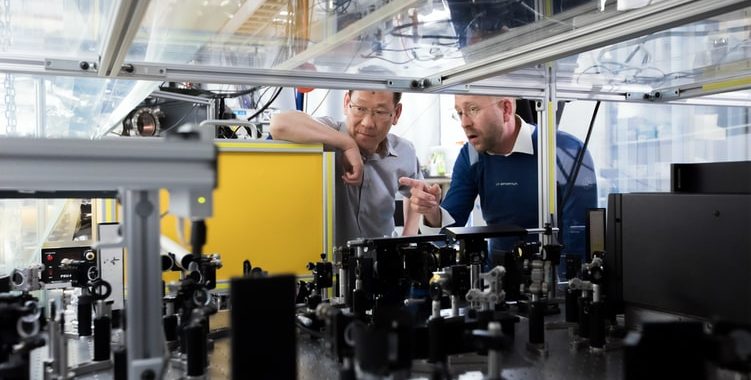Evolving Technologies
Automation is now evolving with new innovations in technology such as artificial intelligence and machine learning. Some may ask where that leaves the human worker. The human factor that it takes to decide how automation can best serve their business needs should also respect the heuristic ability of the human workforce, whose knowledge and experience will be used to help make such decisions and transitions. The idea should be how to increase capacity and output without increasing the cost of production. The initial expense of automation includes the design, hardware, software, implementation, and continual maintenance. Not only can robotic automation increase production because it doesn’t take breaks, get tired, or make as many errors as humans, it may also pay for itself in less than two years. It may also reduce the need for as many human workers. If human workers are retrained to work with the new automation system, fewer workers could mean more pay for the knowledgeable, experienced worker, once they are trained to operate the new automated systems.
Workforce Shortage
Some see automation as the key to solving the workforce shortage that many industries face due to 2.7 million baby boomers leaving the workforce and jobs remaining unfilled because of a lack of skilled human workers. Automation is still new to many industries and emerging markets. The goal is that automation disrupts labor markets and also creates new jobs. It has proven itself to be valuable for new product development and product customization. What’s needed is a balance to maximize system performance with operators involved in the process. The right balance of automation and workforce requires the human factor. It is essential to manufacturing processing and paramount to the success of automated control solutions.
Human Experience and Critical Thinking
Processes and roles must be assigned with highly skilled workers transitioning to higher-value work in roles that allow them to excel. Arguments for investing in automation is the increase in quality and capacity of production that results in increased revenue and makes automation worth the expense. Human operators’ real value is in their critical thinking abilities. Automation gives businesses an advantage over their competition and is a useful strategy for improving production and facilitating smooth processes with less human intervention. With the IoT, (Internet of Things) decisions can be made from anywhere about changes that a self-taught machine may have made.
Conclusion
Automation’s role is to tirelessly run processes that the human factor has programmed it to do according to specifications. Although artificial intelligence and machine learning will help processes run smoother, its capabilities are designed with new ideas and the exploration of what’s possible. The industrial revolution brought with it new technologies that workers had to adapt to in order to remain employed. It also brought new jobs and products that successfully boosted the economy. Information technology coupled with mechanical innovations made corporations more profitable while the payout for workers became low wages. Perhaps automation can replace low-wage workers and allow them training for higher-paying roles.

